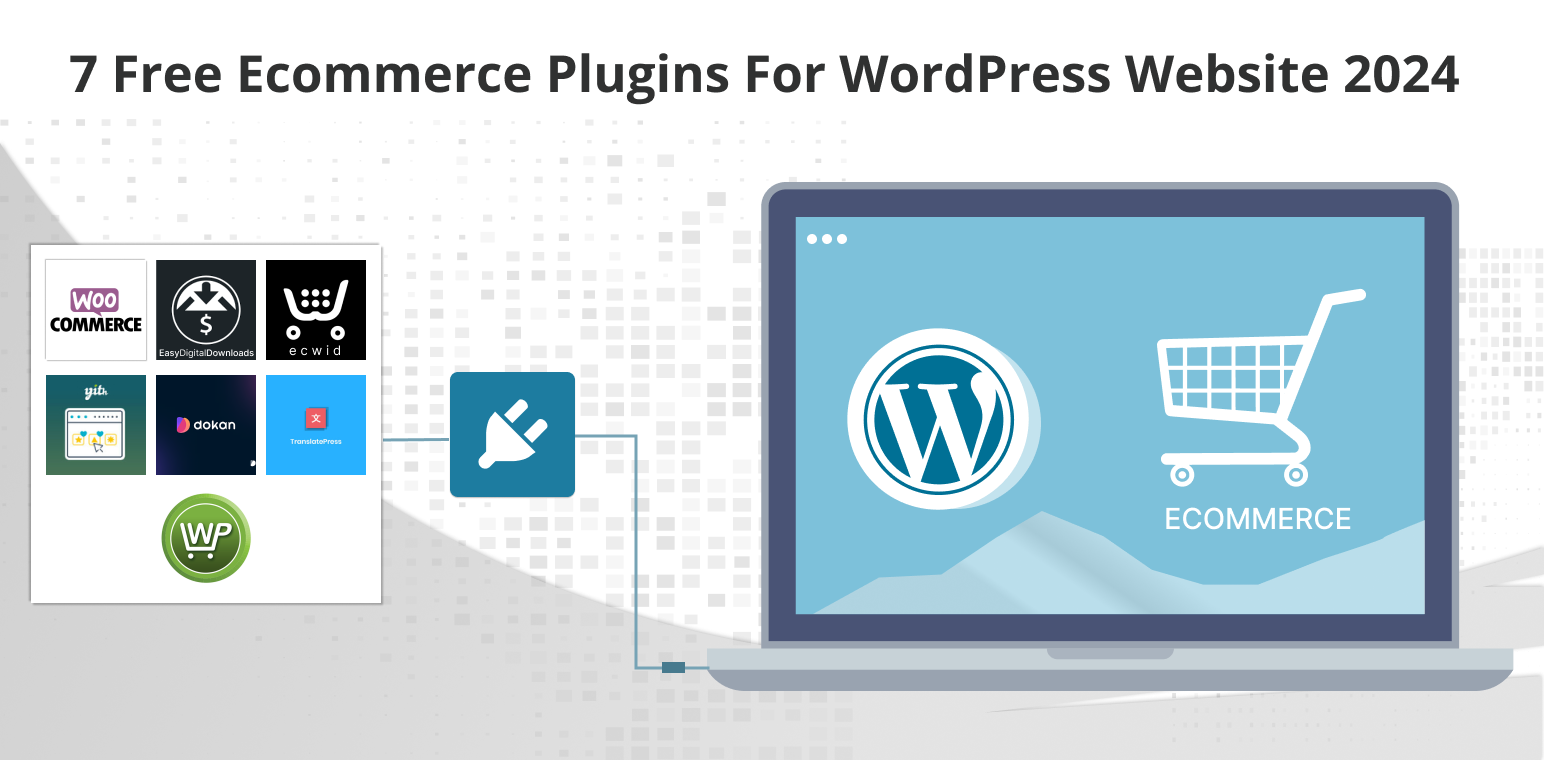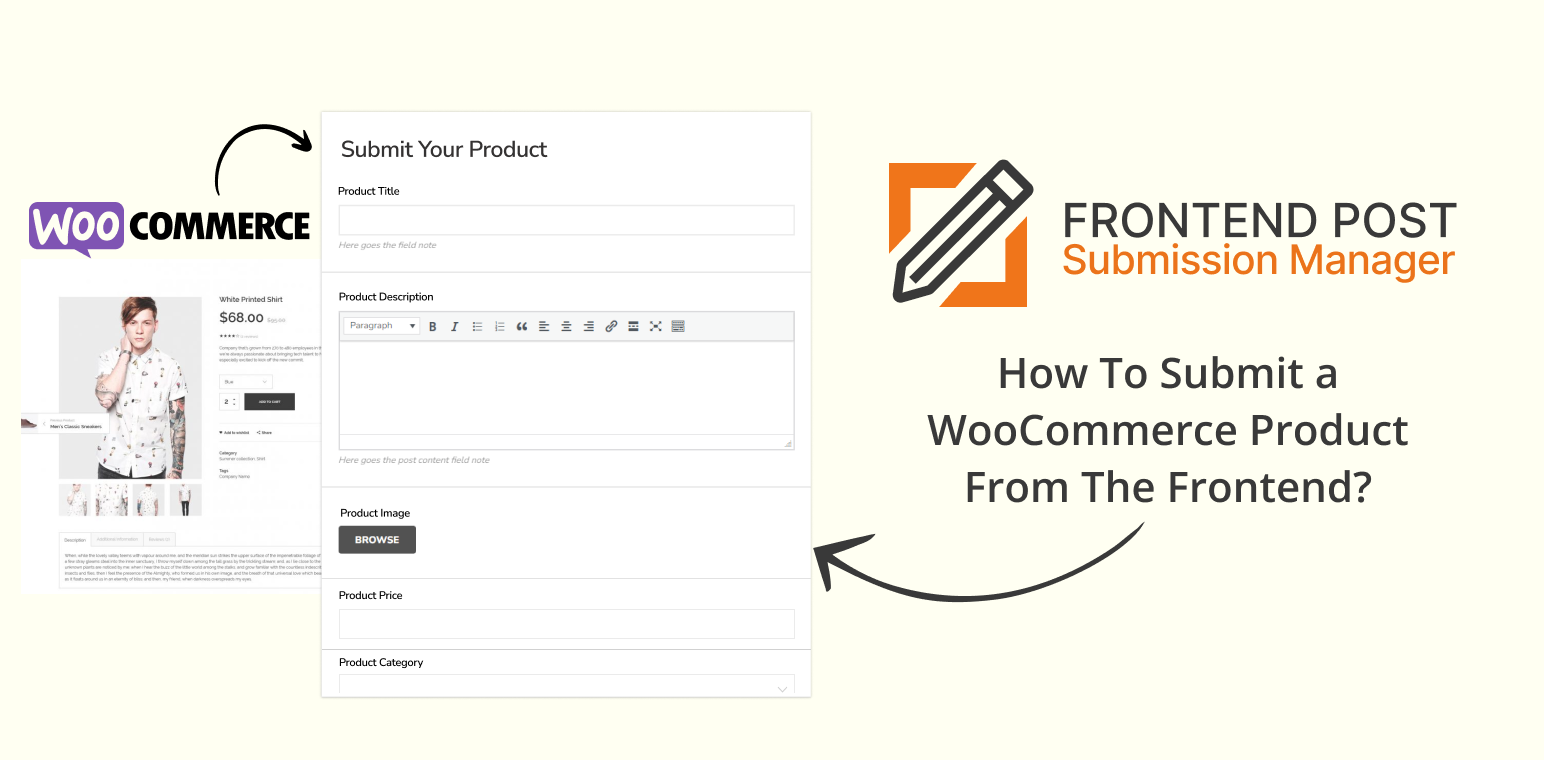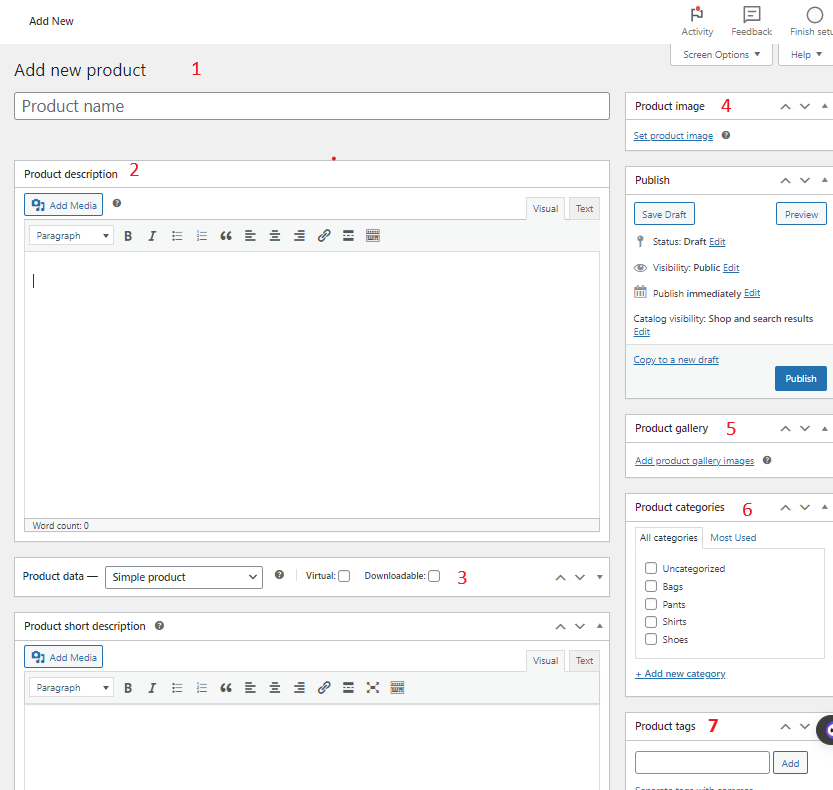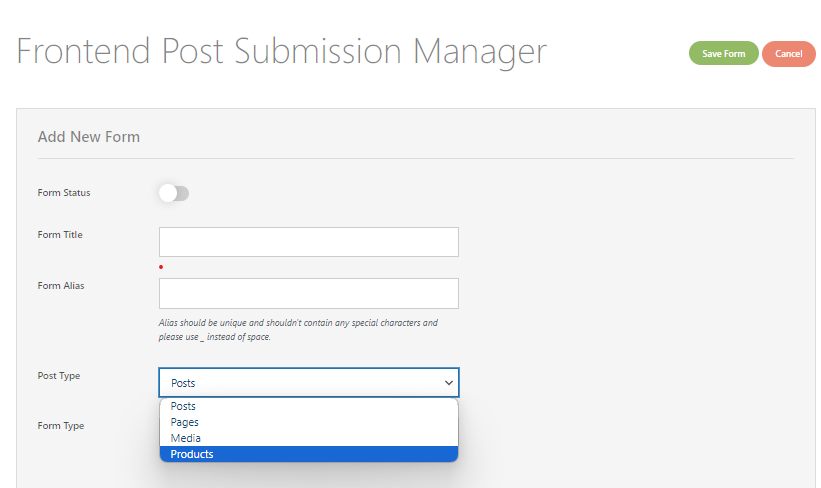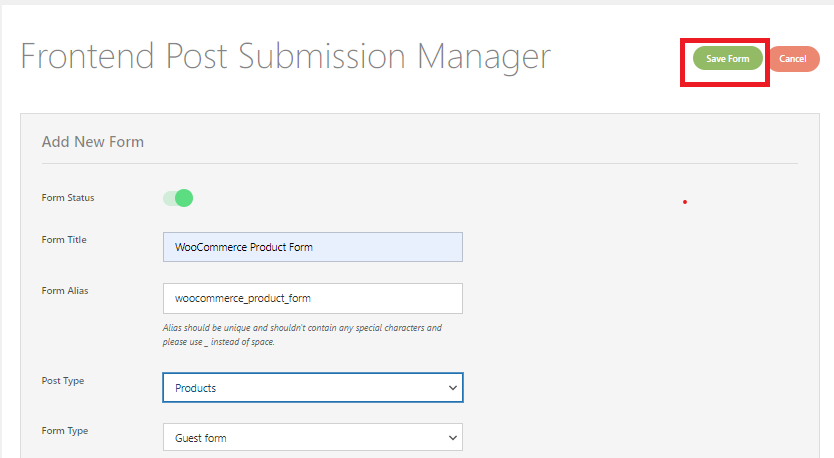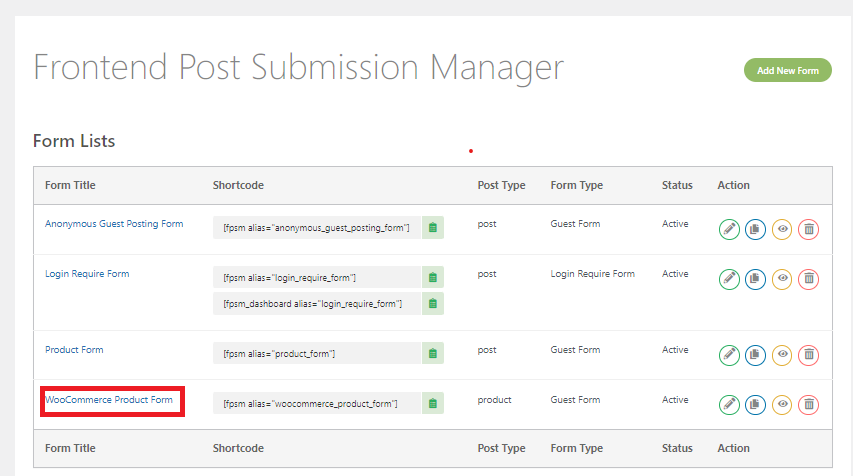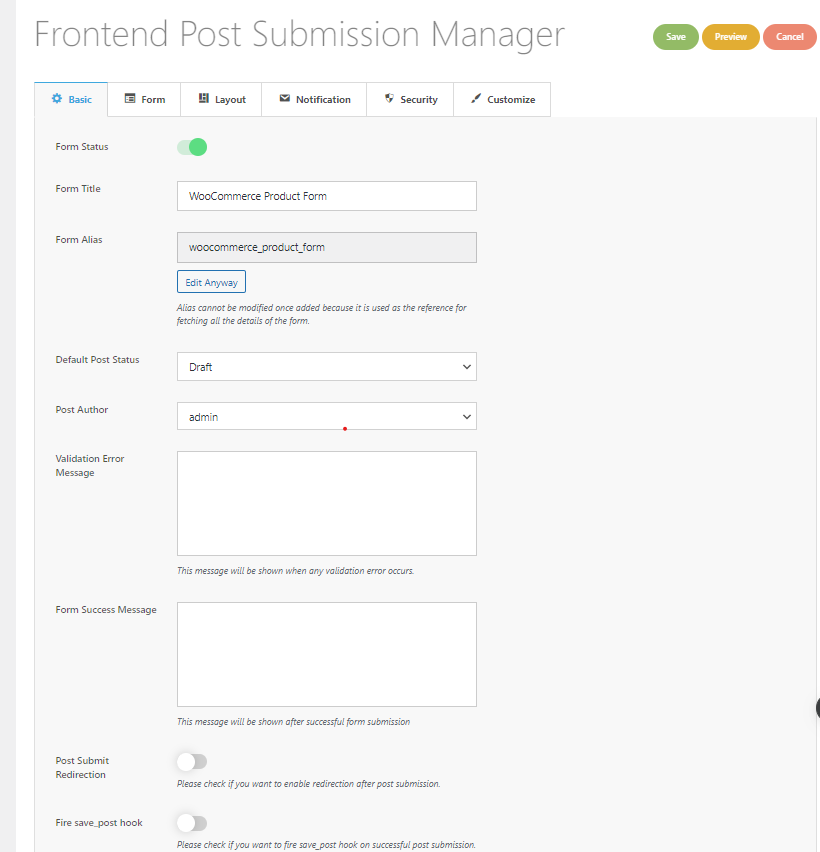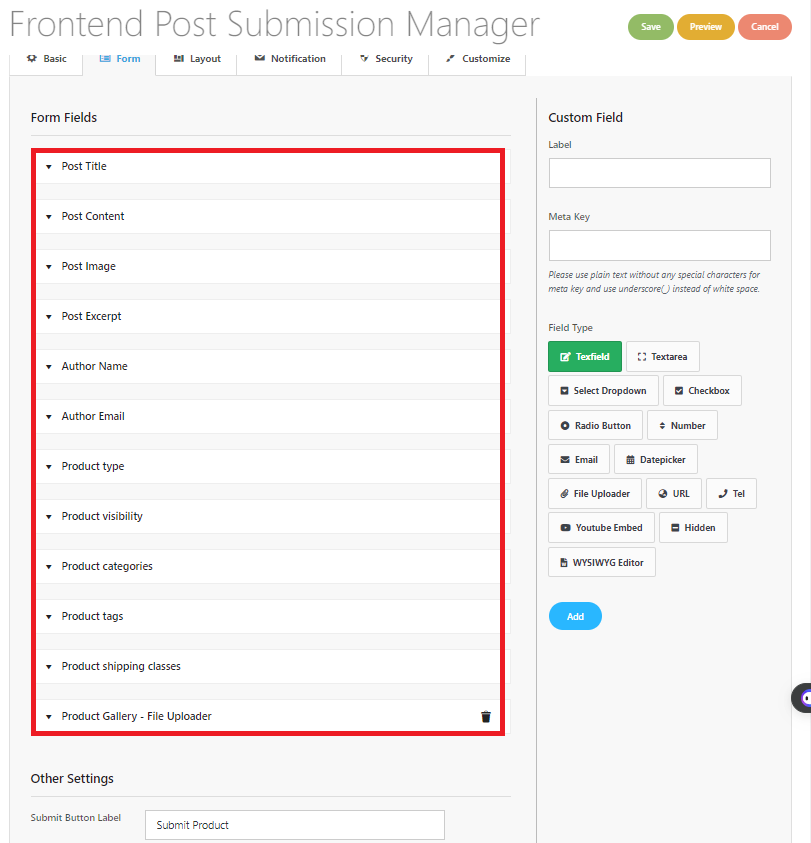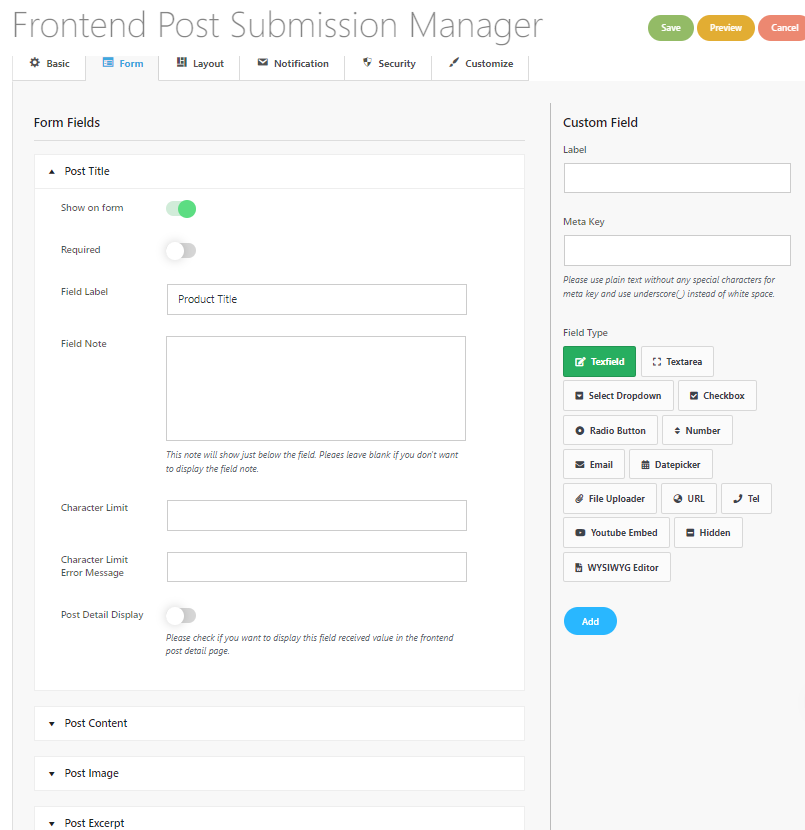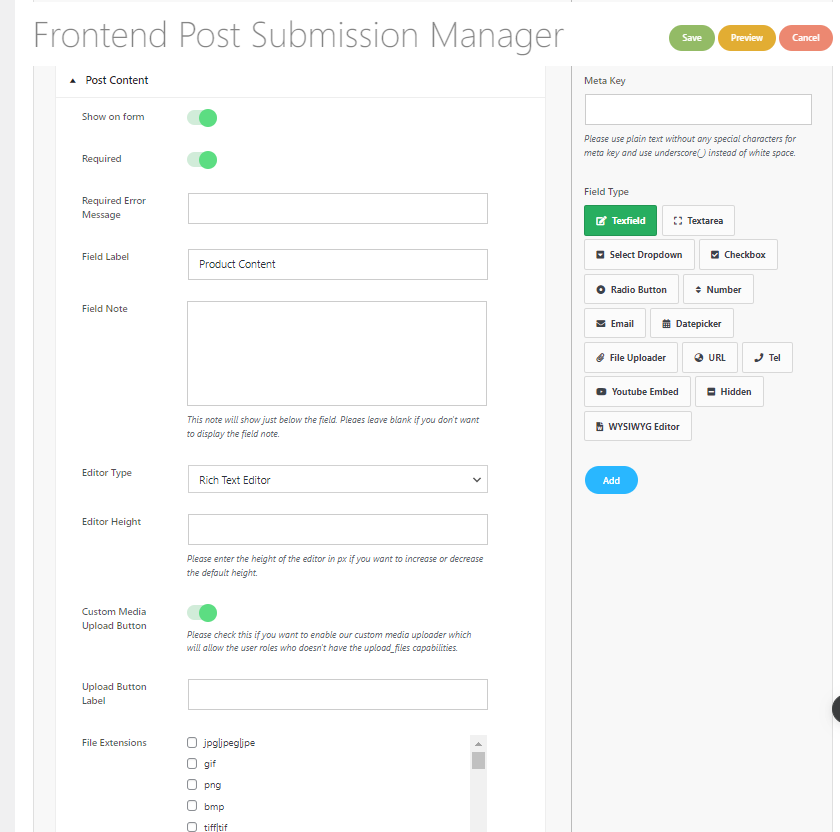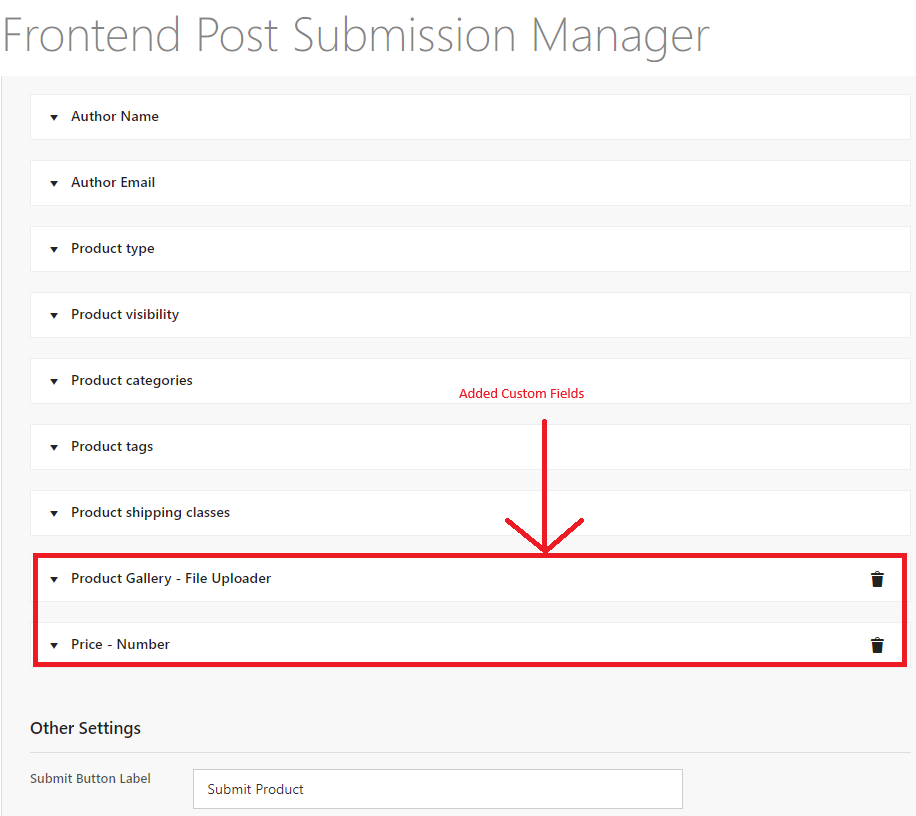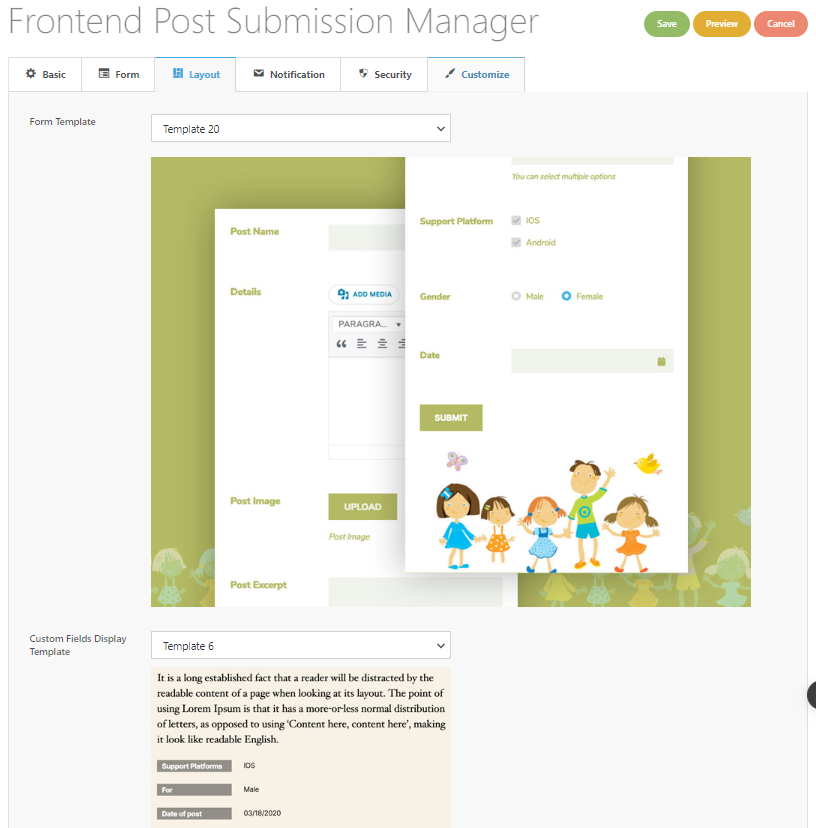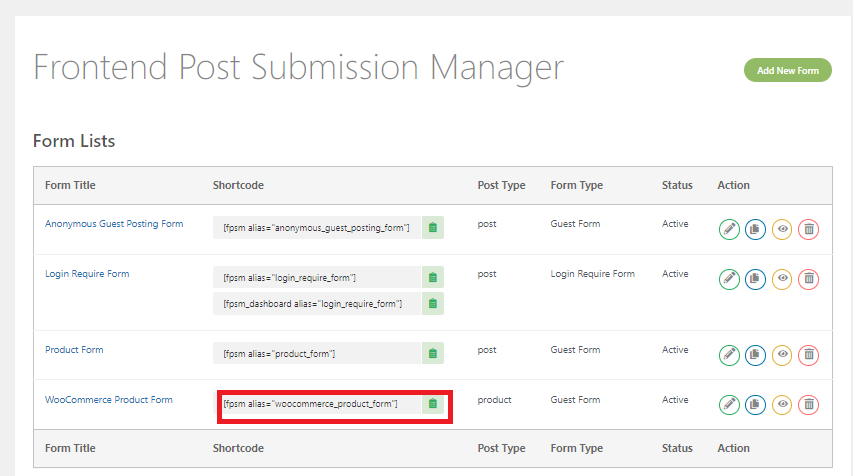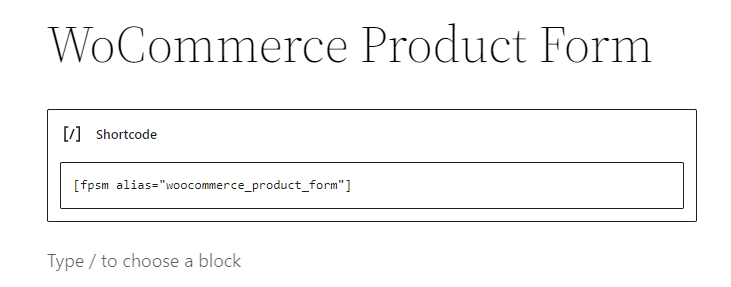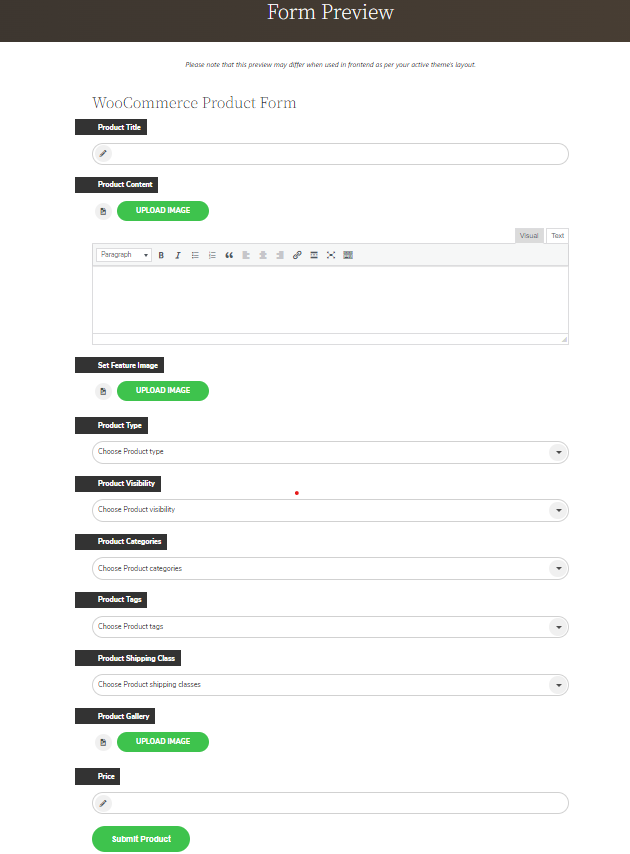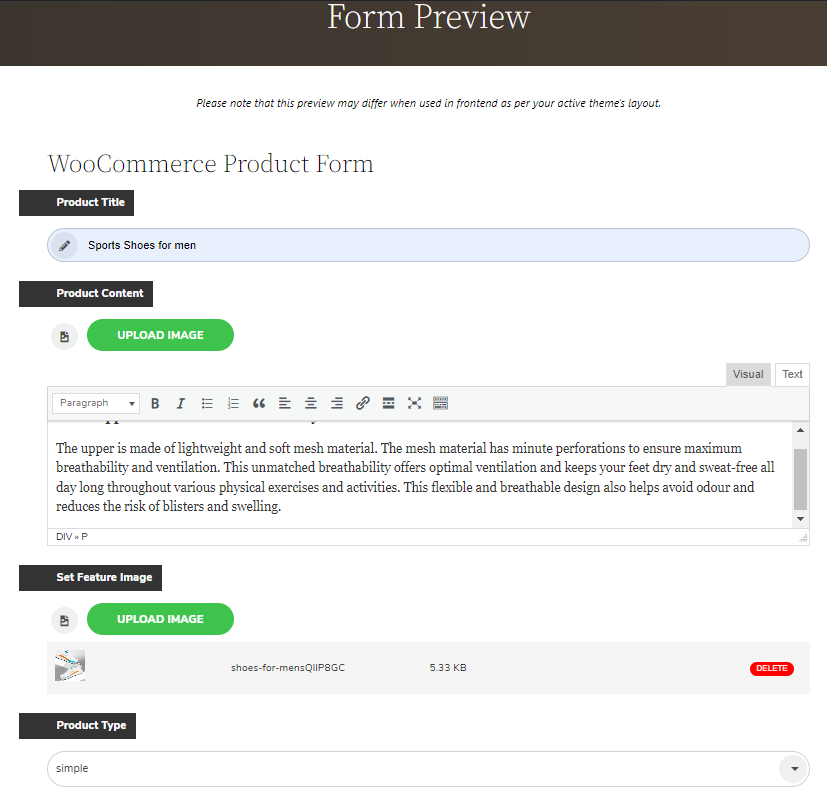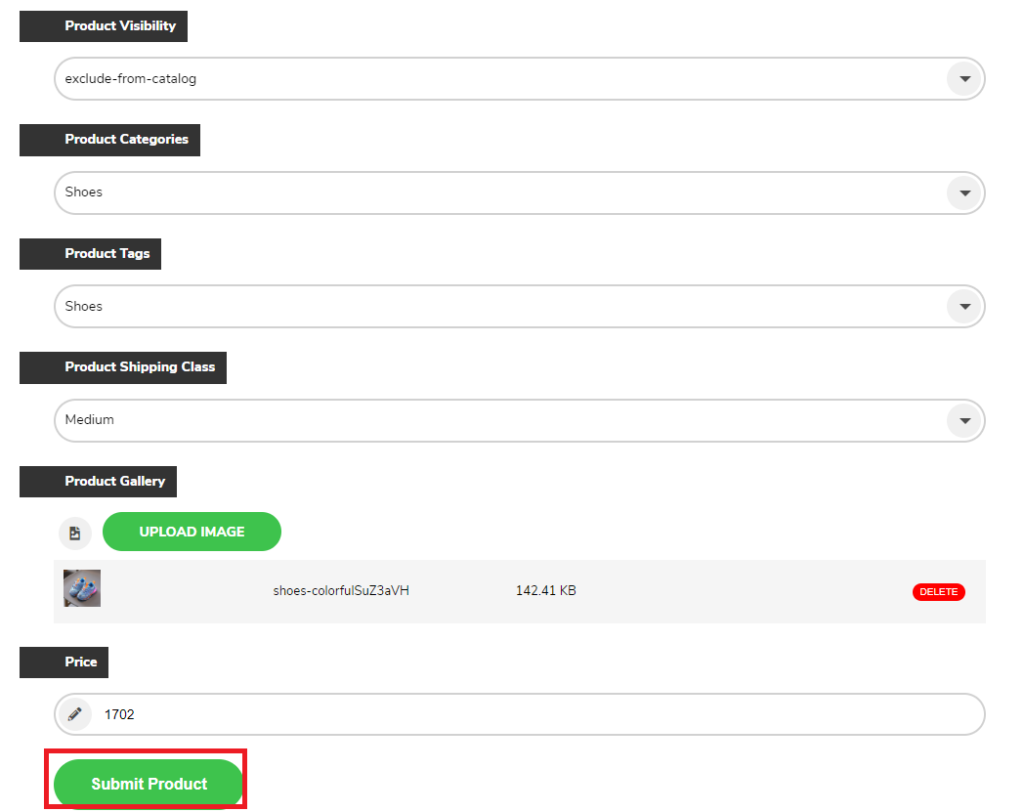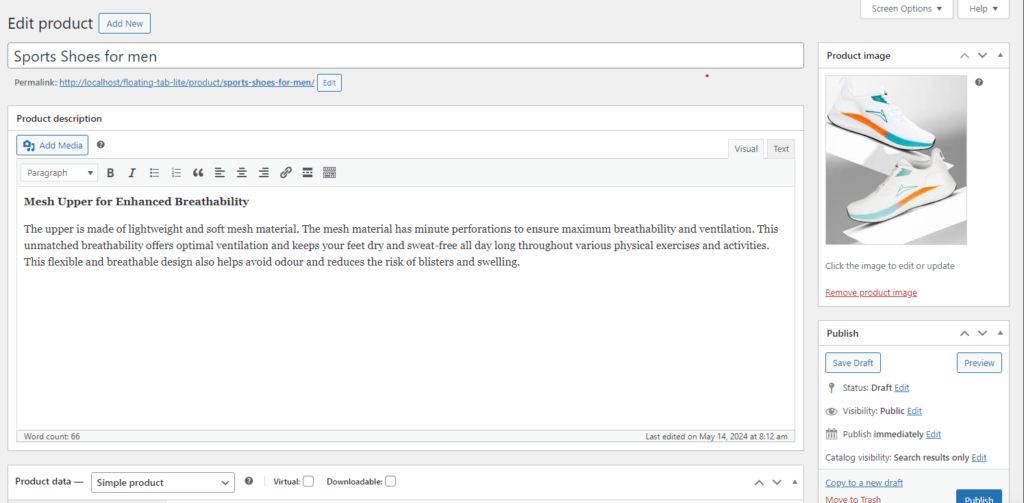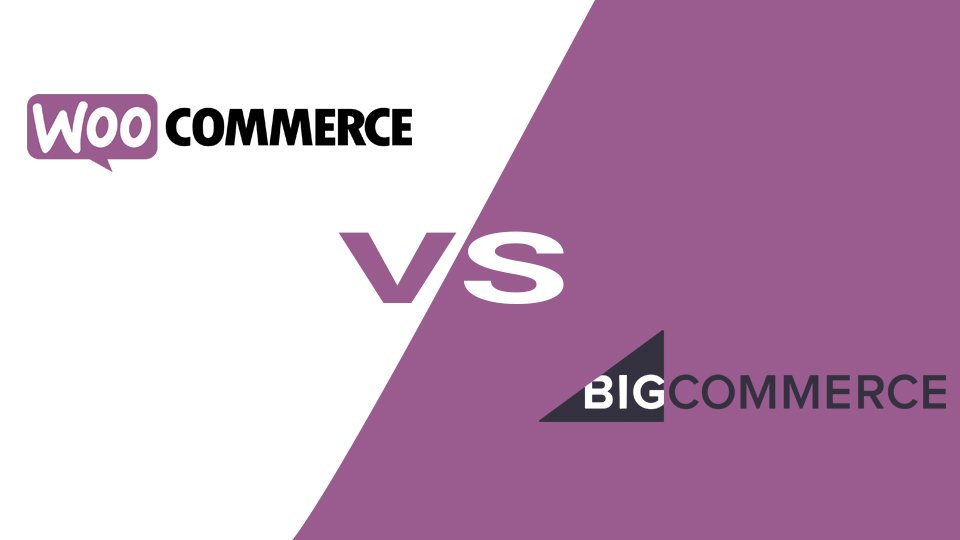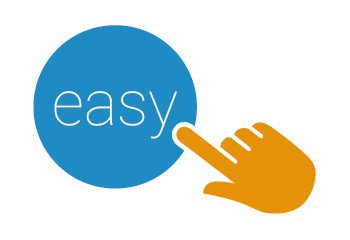Do you have a WordPress website and dream of turning it into a bustling online store?
Are you on the lookout for powerful yet free tools to enhance your e-commerce capabilities?
Look no further! In the ever-evolving landscape of online commerce, WordPress remains a cornerstone platform, offering flexibility and scalability.
And in 2024, the options for e-commerce plugins have only multiplied, with many excellent solutions available at no cost.
In this blog, we’ll explore seven top-notch free ecommerce plugins for WordPress that can elevate your online store to new heights of success.
Table of Contents
How to Choose the Best WordPress Ecommerce Plugin?
When picking the perfect WordPress ecommerce plugin for your online store, consider these essential factors:
- Ease of Use: Look for a plugin that’s easy to use, especially if you’re new to online selling. Find one with a simple interface and clear instructions to help you get started smoothly.
- Customization: Choose a plugin that lets you customize your store to match your brand. It should offer options to tweak the design and layout to make your store look unique.
- Integration: Make sure the plugin works well with other tools you use, like social media or email marketing platforms. This way, you can seamlessly connect your store with your other online channels.
- Payment Options: Check if the plugin supports different payment methods. Customers prefer having choices, so having multiple payment gateways available can improve their shopping experience.
- Product Compatibility: Ensure the plugin fits the type of products you’re selling, whether they’re physical items, digital downloads, or services. This ensures that the plugin meets your specific needs.
Considering these factors will help you choose the right e-commerce plugin for your WordPress site, making it easier to set up and manage your online store.
Free Ecommerce Plugins For WordPress Website 2024
WooCommerce
WooCommerce, likely the most widely used free ecommerce plugin for WordPress, essentially turns the Content Management System into a comprehensive ecommerce solution. It empowers users to sell both physical and digital goods, manage shipping, implement discounts, configure product variations, track inventory, and much more, all within its core functionality, which is entirely free.
While numerous specialized WooCommerce extensions may come with premium licenses, the vast popularity of WooCommerce means that finding free extensions to enhance your store with necessary features is often quite feasible.
Read: How To Submit a WooCommerce Product From The Frontend?
Key Highlight
- Expand product offerings with additional product types like subscriptions or bookings.
- Enhance product presentation with advanced product galleries and zoom features.
- Integrate with popular payment gateways to offer more payment options to customers.
- Optimize checkout process with one-page checkout or guest checkout options.
- Automate tax calculations and compliance with tax automation plugins.
- Offer personalized discounts and promotions to increase sales.
- Improve shipping efficiency with shipping rate calculators and label printing plugins.
Pricing
WooCommerce itself is free to download and use from WordPress.org. However, costs can accrue with premium themes, extensions, and additional services to enhance functionality:
- Core Plugin: Free
- Themes: Ranges from free to premium options ($0 – $100+)
- Extensions: Various prices, typically starting from $29 per extension
- Hosting: Costs vary based on the hosting provider and plan chosen
WooCommerce’s flexibility, extensive feature set, and strong community support make it an excellent choice for businesses looking to establish a comprehensive online store. Whether you are starting small or planning to scale, WooCommerce provides the tools needed to grow your ecommerce business effectively.
Easy Digital Downloads
Easy Digital Downloads is the greatest ecommerce WP plugin for digital sales where online retailers who sell eBooks, music, software, and other digital download will find it ideal.
This popular plugin offers extensive capabilities for selling digital items in various formats. Users can seamlessly embed purchase options within posts or websites, allowing customers to choose their preferred product versions.
An important feature of EDD is its ability to facilitate bundle downloads, enabling customers to combine multiple digital items into a single download. This functionality is particularly useful for offering product packages at discounted prices.
Key Highlight
- Ability to embed purchase options within posts or websites.
- Supports selling digital items in various formats, offering flexibility to sellers.
- Facilitates bundle downloads, allowing customers to combine multiple items into one purchase.
- Enables discounts and promotions, including bundle discounts and coupon codes.
- Provides comprehensive sales reports and analytics for monitoring performance.
- Customizable email notifications for order confirmations, downloads, and more.
- Supports various payment gateways for secure transactions, including PayPal and Stripe.
- Offers file access control to manage digital product distribution securely.
Pricing
Easy Digital Downloads offers a free version with essential features, along with several paid plans for more advanced functionality:
Free Plan: Basic features for selling digital products.
Personal Plan: $99.50/year, includes advanced features and priority support.
Extended Plan: $179.55/year, offers additional extensions and enhanced support.
Professional Plan: $299.50/year, provides access to all extensions, priority support, and updates.
All Access Pass: $499.50/year, includes everything EDD has to offer, including all extensions and premium support.
Ecwid Ecommerce Shopping Cart
Ecwid Ecommerce Shopping Cart is a highly functional and popular free ecommerce plugin for WordPress, similar to WooCommerce but with a stronger focus on physical products. This plugin allows you to manage shipping and taxes while integrating with various popular payment providers. It also provides multiple blocks that you can use to design an online store to match your exact preferences.
Key Features
- Shipping and Tax Management: Easily handle shipping options and tax calculations.
- Payment Integration: Compatible with several popular payment providers for secure transactions.
- Customizable Store Design: Offers multiple blocks to design an online store that matches your vision.
- Secure Checkout: Provides a fully hosted, PCI-compliant checkout, ensuring transaction security.
- Sell Both Physical and Digital Products: Flexibility to sell a variety of product types.
- Discounts and Promotions: Create discount coupons and gift cards to boost sales.
- Social Selling: Integrated with Facebook and Instagram for selling directly through social media platforms.
- Facebook Messenger Live Chat: Enhance customer service with live chat support via Facebook Messenger.
- Wide Range of Payment Gateways: Supports numerous payment gateways to facilitate smooth transactions.
Ecwid Pricing
Ecwid offers four plans, including a free plan suitable for selling up to 5 products but limited in features. Most businesses will benefit from one of the paid plans:
- Venture Plan: $25/month, allows up to 100 products.
- Business Plan: $45/month, supports up to 2,500 products.
- Unlimited Plan: $105/month, for unlimited products.
All plans include
- No Turnover Limit: No restrictions on sales volume.
- Free Plan: Limited support.
- Paid Plans: Live chat and email support, with phone support available on Business and Unlimited plans.
Compatibility: Fully integrates with WordPress and works with any WordPress theme, so there’s no need for a site redesign.
YITH WooCommerce Wishlist
YITH WooCommerce Wishlist is a popular plugin designed to enhance the shopping experience by allowing customers to create and manage wishlists on your WooCommerce store. This feature not only improves user engagement but also increases sales by encouraging customers to save and revisit products they are interested in.
Key Features
- Wishlist Creation: Enable customers to create personalized wishlists with their favorite products.
- User-Friendly Interface: Intuitive and easy-to-use interface for adding and managing wishlist items.
- Multi-Device Compatibility: Fully responsive design ensures compatibility across various devices and screen sizes.
- Privacy Settings: Option to keep wishlists private or share them with friends and family.
- Product Variation Support: Support for variable products, allowing customers to add specific variations to their wishlists.
- Bulk Actions: Enable customers to add multiple items to their wishlist with just a few clicks.
- Email Notifications: Automatic email notifications to remind customers of their saved wishlists.
- Customization Options: Customize wishlist buttons, labels, and styles to match your website’s branding.
YITH WooCommerce Wishlist Pricing
YITH WooCommerce Wishlist offers a free version with essential features, as well as a premium version with additional capabilities:
Free Version: Basic wishlist functionality
Premium Version: Starts at €94.99/year, includes advanced features such as multiple wishlists, promotional email notifications, and more.
Dokan
Dokan is a standout free ecommerce plugin for WordPress, enabling the creation of a multi-vendor marketplace, similar to eBay. This shifts your role to managing a platform where multiple vendors can set up accounts and sell products.
Easily integrated with WooCommerce, Dokan transforms any WordPress site into a multi-vendor store. It supports digital downloads and physical products, offering features like commission configuration, account control, and subscription plans for sellers.
Dokan is user-friendly yet powerful, supporting custom themes and providing robust marketplace tools. It’s ideal for anyone looking to build a successful online marketplace with minimal hassle.
Key Features
- Multi-Vendor Management: Enables multiple vendors to register, set up their own stores, and manage their products independently through a user-friendly frontend dashboard.
- Commission Management: Allows you to set flexible commission rates on products sold, either globally or per vendor, ensuring a sustainable revenue model.
- Subscription Plans: Offers the option to restrict vendor access to those who pay for a subscription, providing a steady income stream and ensuring quality vendors.
- Product and Order Management: Vendors can easily add, edit, and manage their products and orders, including processing refunds and updating order statuses, all from their dashboard.
- Customizable Storefronts: Supports custom themes and provides robust tools for vendors to personalize their store pages, enhancing the shopping experience and maintaining brand consistency.
Pricing
Dokan offers several pricing plans to cater to different needs:
- Free Plan: Basic features to get started with a multi-vendor marketplace.
- Starter: $149/year, includes more advanced features.
- Professional: $249/year, adds further functionalities such as product subscriptions and more.
- Business: $499/year, includes features like live chat, staff management, and more.
- Enterprise: $999/year, the most comprehensive plan with all features and priority support.
Dokan is an excellent choice for those looking to build a multi-vendor marketplace with extensive features and flexibility, making it easy for vendors to manage their own stores while providing a seamless experience for customers.
WP EasyCart
WP EasyCart is an excellent option for those who want to sell products online without spending excessive time setting up and customizing their store. The free version of the plugin is tailored for selling physical products and includes integration with multiple payment platforms like Stripe and PayPal, ensuring secure transactions.
While WP EasyCart leaves shipping management up to you, it compensates with a solid base design that looks good on most sites. The plugin does not offer extensive design customization options, but its default appearance is clean and professional, making it suitable for a variety of businesses.
Key Features of WP EasyCart
- Payment Integration: Supports multiple payment platforms, including Stripe and PayPal.
- Simple Setup: Quick and easy to set up, minimizing time spent on configuration.
- Professional Base Design: Default design looks great on most websites with minimal tweaking.
- Inventory and Order Management: Track inventory levels, manage orders, process refunds, and receive low stock alerts.
- Discounts and Coupons: Create discount codes and promotional offers.
Pricing
WP EasyCart offers flexible pricing plans to suit different business needs:
- Free Plan: Basic features to get started with your online store.
- Professional Plan: $69/year, includes advanced features such as additional payment gateways and premium support.
- Premium Plan: $99/year, offers all features, including advanced reporting, marketing tools, and priority support.
TranslatePress
TranslatePress is a powerful ecommerce plugins for WordPress that facilitates website translation with ease. Its visual translation interface allows users to translate content directly from the front-end, providing a real-time preview of changes. Compatible with various content types, including posts, pages, custom post types, and WooCommerce products,
TranslatePress ensures comprehensive language coverage. With support for multiple languages and customizable language switchers, it caters to a global audience while maintaining consistency and SEO optimization. Regular updates and compatibility with themes and plugins make TranslatePress a reliable choice for multilingual websites, offering both free and premium plans to suit different needs.
Key Features of TranslatePress
- Visual Translation Interface: Translate the entire page directly from the front-end, ensuring a real-time preview of changes.
- Supports All Content Types: Translate posts, pages, custom post types, and even WooCommerce products.
- Multiple Languages: Add and manage multiple languages for your website, catering to a global audience.
- Customizable Language Switcher: Easily add a language switcher to your site, allowing visitors to choose their preferred language.
- Compatible with Themes and Plugins: Works seamlessly with any WordPress theme and most plugins.
- WooCommerce Integration: Full compatibility with WooCommerce, translating product pages, categories, and checkout pages.
- Customizable URLs: Translate URLs to ensure consistency and SEO optimization across languages.
Pricing
TranslatePress offers several pricing plans to suit various needs:
- Free Plan: Basic features for translating your website.
- Personal Plan: €99/year, includes additional features like automatic translation and SEO support.
- Business Plan: €199/year, offers all Personal Plan features plus priority support and more advanced options.
- Developer Plan: €299/year, includes all Business Plan features along with support for unlimited websites and additional premium add-ons.
Conclusion
In conclusion, transforming your WordPress website into a thriving online store is more accessible than ever with these top-notch free ecommerce plugins for WordPress. Whether you’re selling physical products, digital downloads, or even managing a multi-vendor marketplace, there’s a plugin to suit your needs. WooCommerce and Easy Digital Downloads offer comprehensive solutions for various product types, while Ecwid Ecommerce Shopping Cart excels in managing physical goods.
For enhancing user experience, YITH WooCommerce Wishlist and Dokan provide valuable features. WP EasyCart is ideal for straightforward setups, and TranslatePress ensures your store can reach a global audience. Choose the one that best fits your business requirements, and watch your online store soar to new heights of success.

